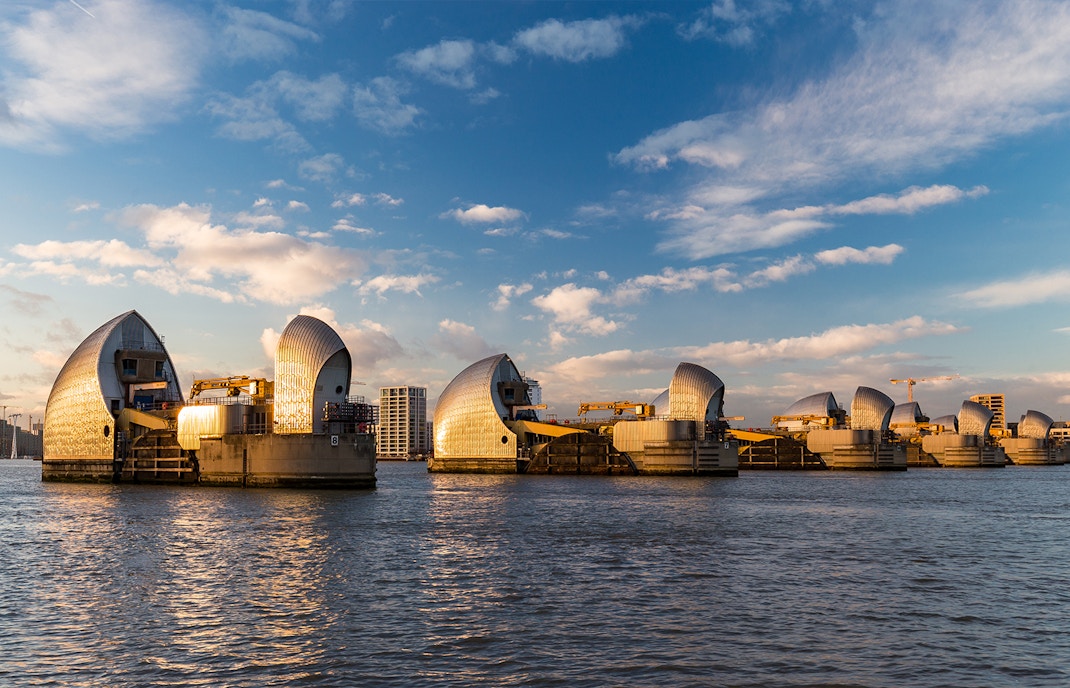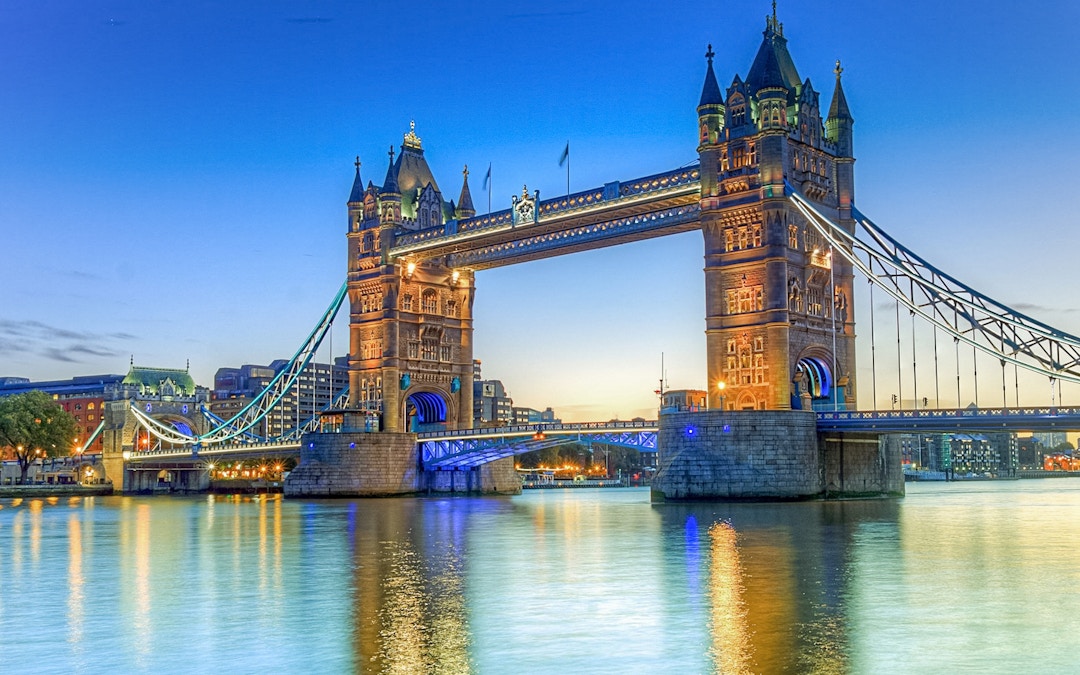The River Thames is the longest river entirely within England, stretching about 215 miles (346 km) from its source in the Cotswolds to the North Sea via the Thames Estuary. While the central section is a focal point, the river actually flows through several counties and has 45 locks on its non-tidal section.
12 intriguing Thames River cruise facts
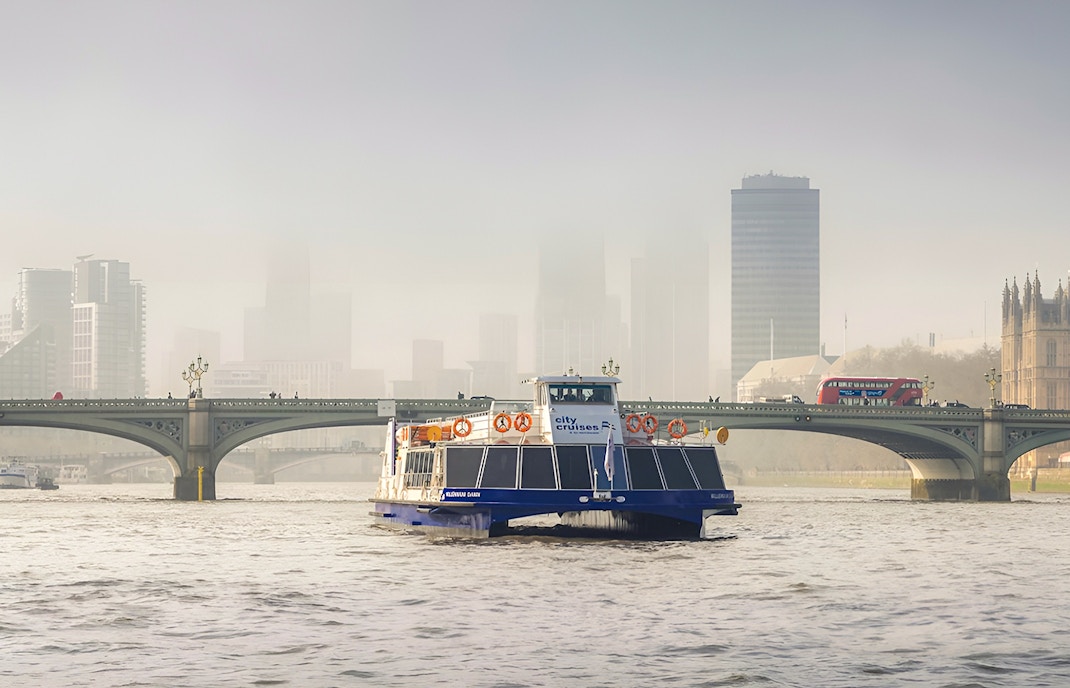
London's liquid lifeline is the longest in England
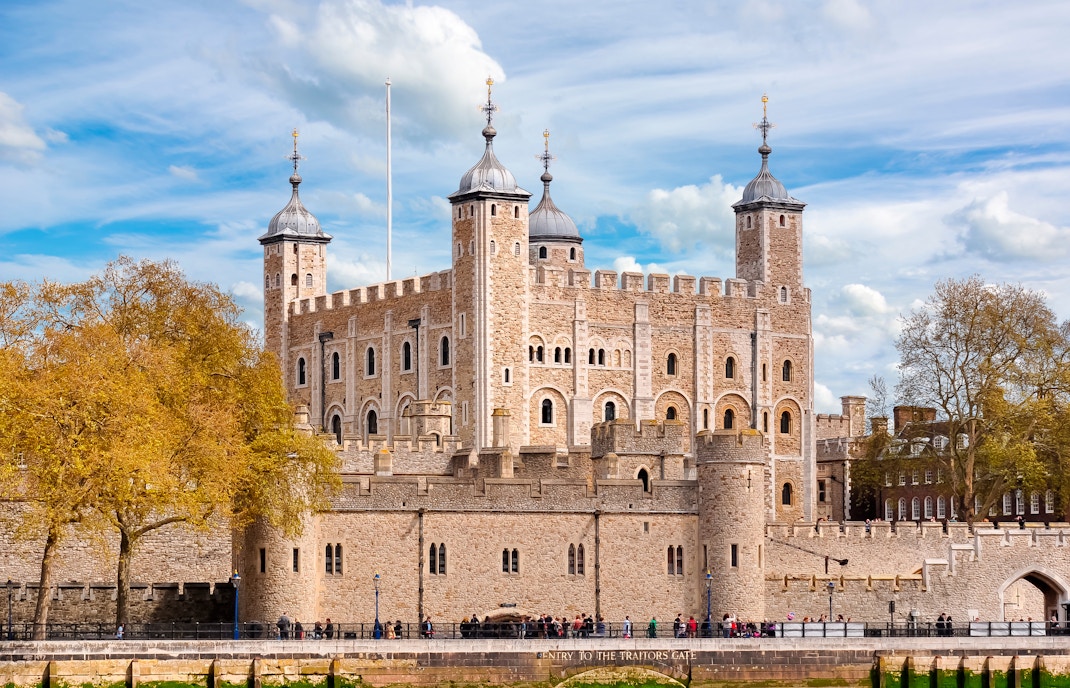
Spot a swimming polar bear’s former home
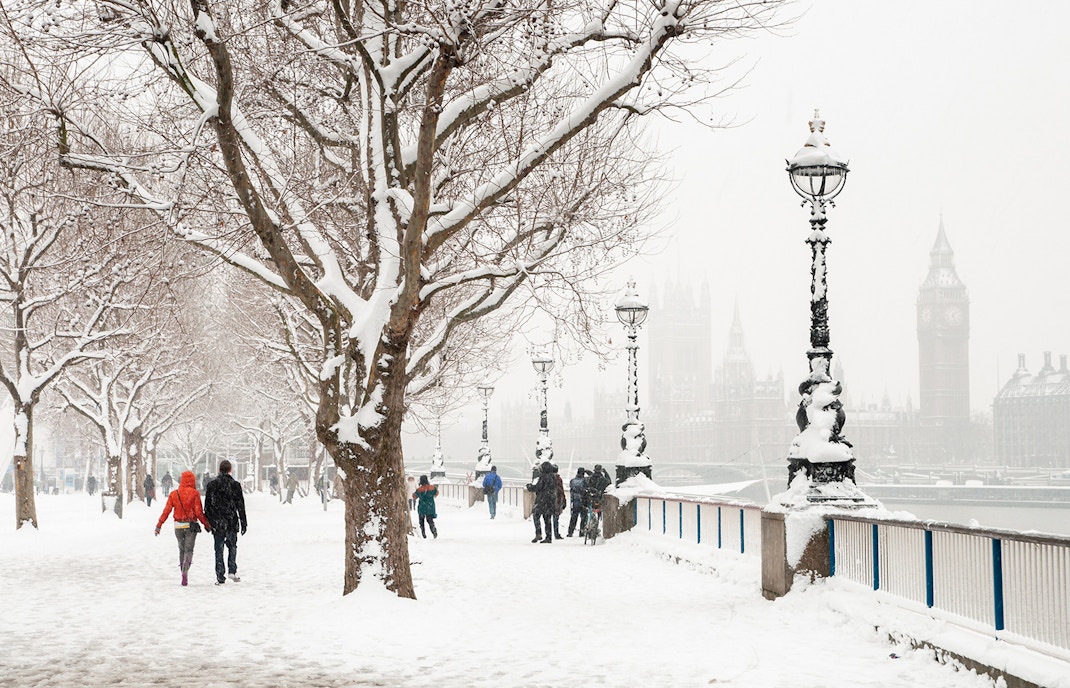
The river used to freeze solid for "Frost Fairs"
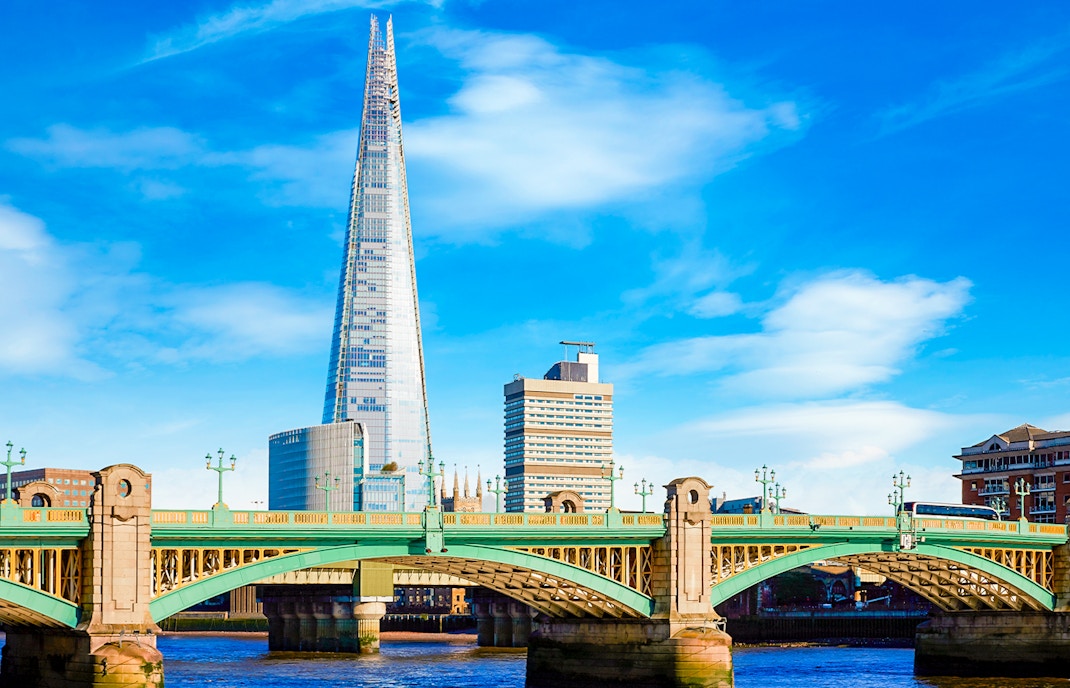
Over 200 bridges cross the River Thames
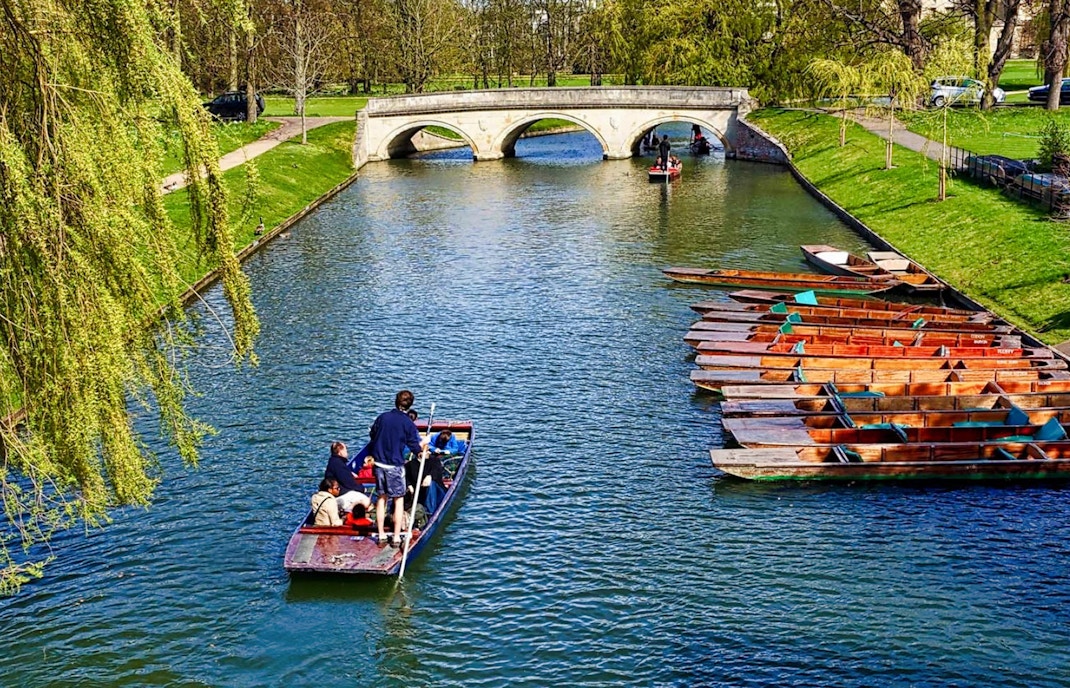
A section of the Thames is called the River Isis

Two-thirds of London drinks Thames water
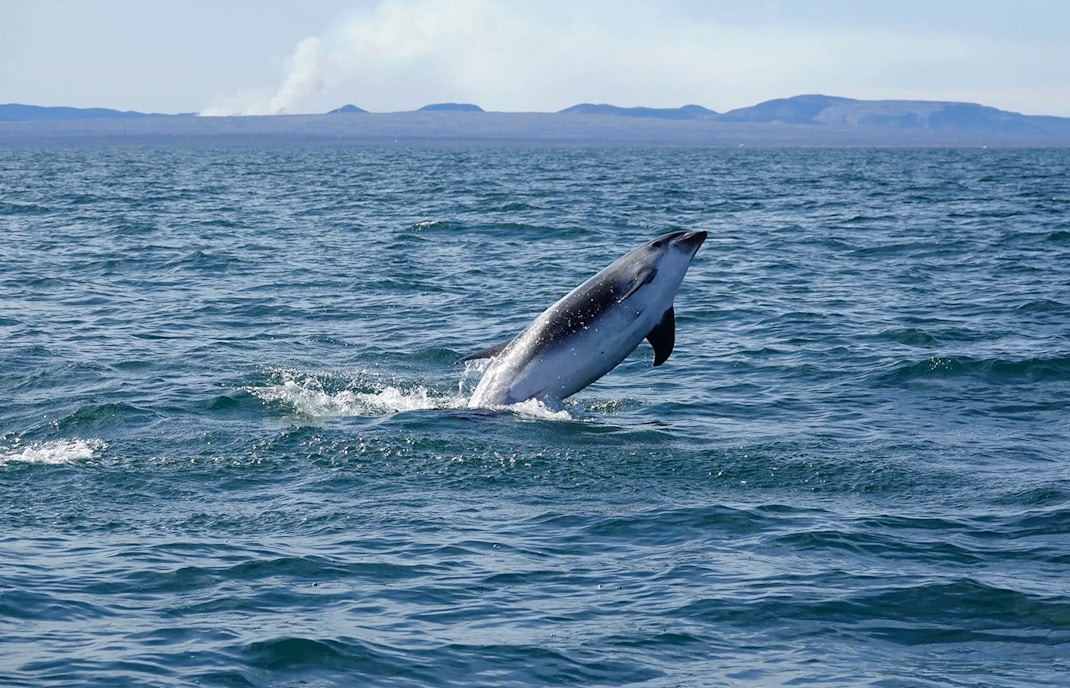
The Thames is cleaner than it has been in decades
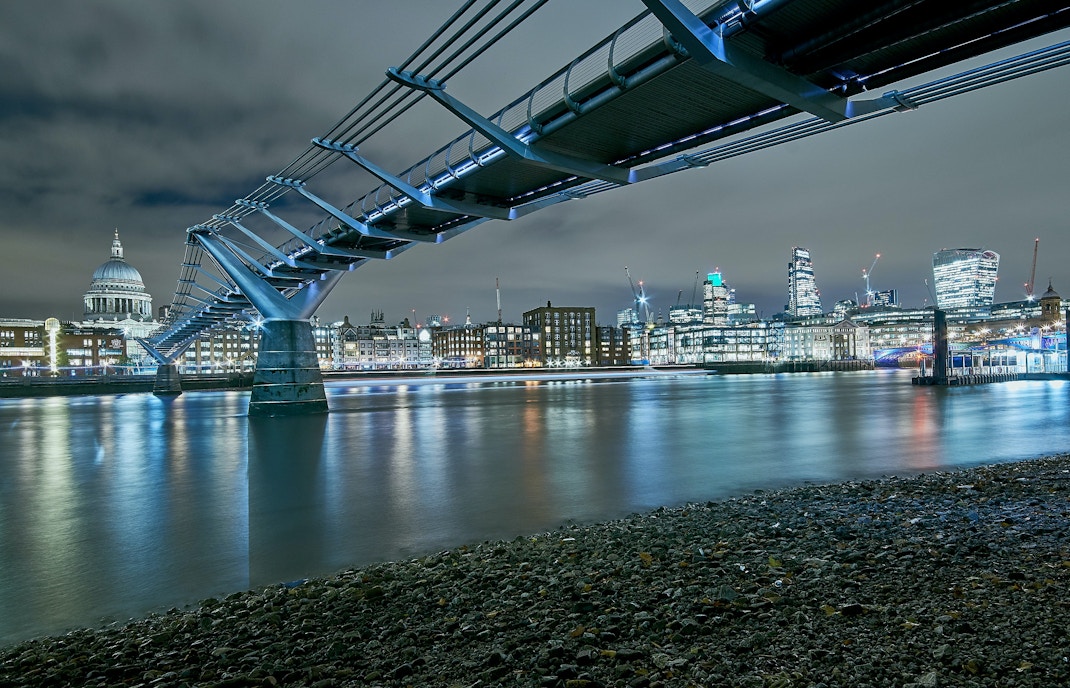
The Wobbly Bridge was a Millennium blunder
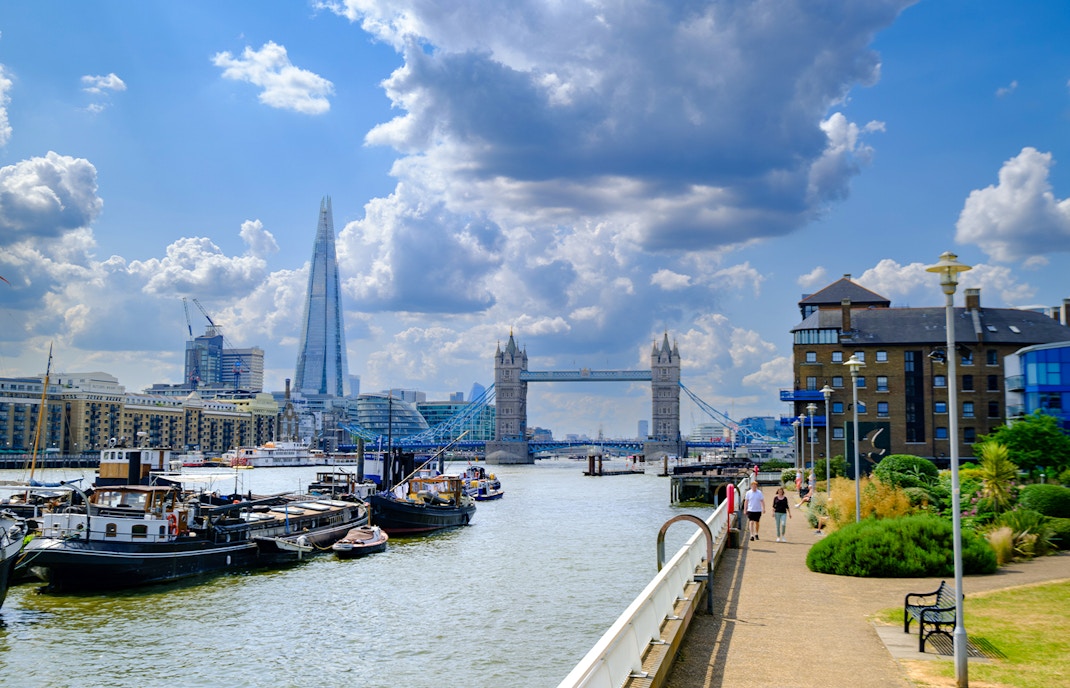
The Thames Path is Europe's longest riverside walk
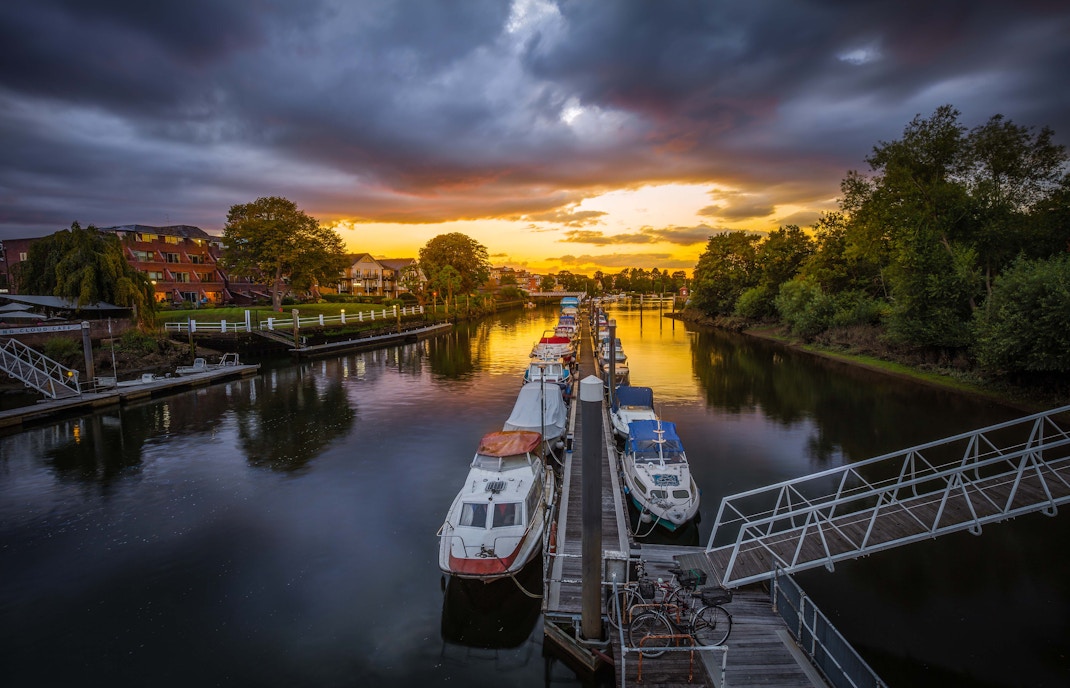
The river is tidal all the way to Teddington
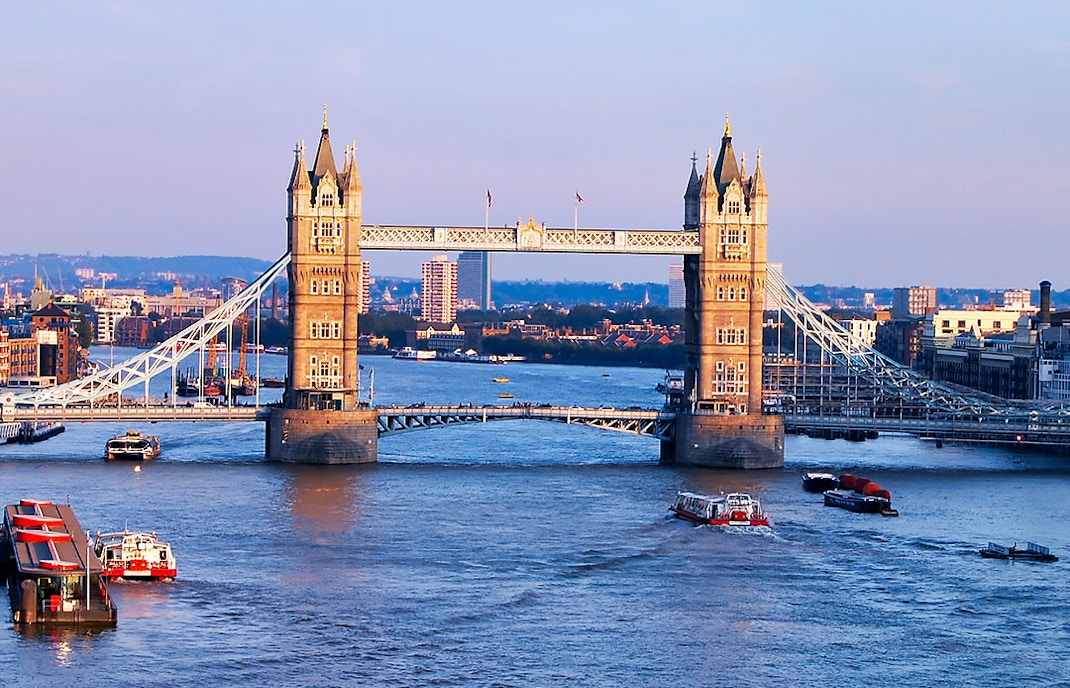
The oldest rowing race in the world takes place here
